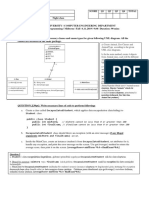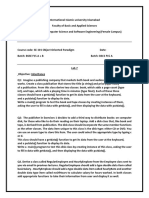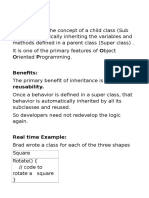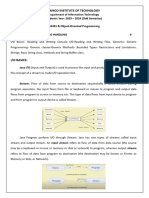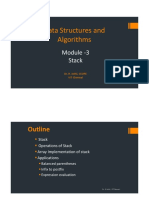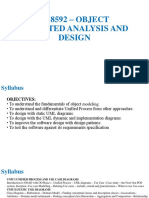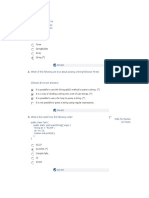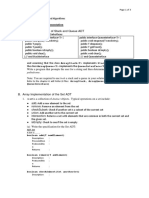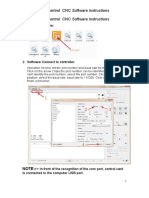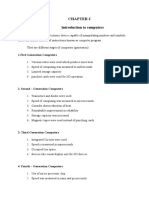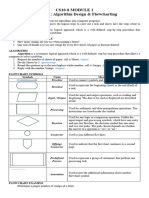0% found this document useful (0 votes)
660 views8 pagesOOP Inheritance Case Study
The document discusses inheritance in object-oriented programming using Java. It defines inheritance as a mechanism where a subclass inherits the properties and behaviors of its parent class. It provides examples to illustrate inheritance relationships between classes like Animal and Dog, where Dog inherits from Animal. The case study problem creates a Dog class that inherits from an Animal class. It demonstrates how the Dog subclass can access fields and methods defined in the Animal superclass.
Uploaded by
Trixie HipolitoCopyright
© © All Rights Reserved
We take content rights seriously. If you suspect this is your content, claim it here.
Available Formats
Download as DOCX, PDF, TXT or read online on Scribd
0% found this document useful (0 votes)
660 views8 pagesOOP Inheritance Case Study
The document discusses inheritance in object-oriented programming using Java. It defines inheritance as a mechanism where a subclass inherits the properties and behaviors of its parent class. It provides examples to illustrate inheritance relationships between classes like Animal and Dog, where Dog inherits from Animal. The case study problem creates a Dog class that inherits from an Animal class. It demonstrates how the Dog subclass can access fields and methods defined in the Animal superclass.
Uploaded by
Trixie HipolitoCopyright
© © All Rights Reserved
We take content rights seriously. If you suspect this is your content, claim it here.
Available Formats
Download as DOCX, PDF, TXT or read online on Scribd
/ 8




